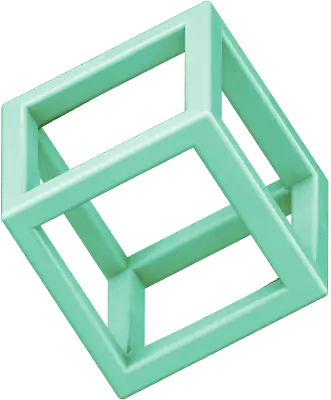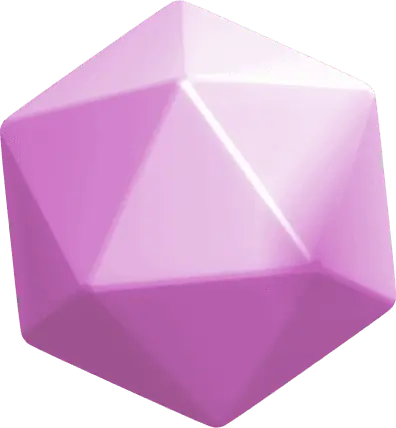Most project tools will happily give you a checklist. Assign a task, set a due date, maybe drop it on a Kanban board. And yet, how many times have you seen those lists stall? Tasks sit there, waiting for an approval that's stuck in someone's inbox, or a meeting that still hasn't been scheduled. Projects don't fail because of lack of to-dos—they fail because nothing connects the dots.
That's why the hunt for the best project management tools never ends. Teams don't just want prettier dashboards; they want work that actually flows. And that's where Lark comes in. By tying together chat, docs, approvals, and meetings in one place, Lark doesn't just track projects—it makes them move.
Lark Messenger: Turning conversations into action
Conversations are where projects really begin. A decision gets made in chat, but unless someone copies it into a tracker, it's gone. That gap is where deadlines slip.
With Lark Messenger, messages can be converted into tasks instantly, keeping context intact. Imagine wrapping up a late-night discussion about campaign strategy and, with a single click, creating tasks that appear in the project board. No one has to wonder, "What did we agree on again?"
The bridge from talk to task makes sure momentum doesn't disappear with the chat history.
Lark Base: Project management with context
Checklists are easy. Context is hard. Most task managers give you one without the other.
Lark Base works differently. With views like Kanban, table, calendar, and chart, teams can choose the lens that fits their style—whether it’s tracking sprints, visualizing timelines, or monitoring performance metrics. And because Base connects seamlessly with Messenger, Docs, and Calendar, the project context never gets lost.
It's more than management—it's memory. That's why Lark feels like a natural step up from surface-level trackers that only scratch the surface of what the best project management tools should deliver.
Lark Approval: Keeping workflows moving
Here's a familiar scene: a task is "done" but waits three days for sign-off. The work is ready, but the process isn't. That tiny delay multiplies until the whole project stalls.
Lark Approval removes that bottleneck. Instead of routing through email or separate tools, approvals live inside the same workspace as your projects and chats. Need budget approval? The manager gets an instant ping, reviews in real time, and the project keeps moving.
Better yet, this isn't just a manual shortcut. With Lark, you can set up an automated workflow so approvals trigger follow-up actions automatically—updating a project board, notifying the right channel, or logging the decision in Wiki. No one has to chase it down; the system keeps the chain moving.
Lark Meetings: Turning time into outcomes
Meetings themselves aren't the problem. It's what happens after—when notes scatter, action items vanish, and the next steps never materialize.
With Lark Meetings, transcripts and notes are captured automatically, and action items can be assigned directly from the meeting record. By the time you leave the call, tasks already exist in the project flow.
That's the difference between talking about work and actually moving it forward.
Lark Docs & Wiki: Keeping knowledge with the project
Projects break down when knowledge is scattered. A draft might sit in someone's Google Drive, while the final version is buried in an email thread. By the time you find it, the project has moved on.
Lark Docs and Wiki fix that problem. Drafts are co-edited live, decisions are documented immediately, and finalized versions are stored in Wiki for easy reference.
It's here that Lark becomes more than a task manager. By uniting documents, workflows, and approvals in one place, it functions as a full business process management software—not in a clunky, corporate way, but in a way that feels natural for fast-moving teams.
Conclusion
Checklists are fine. They make sure you don't forget to buy milk. But projects need more than lists—they need flow. They need tasks that come out of conversations, approvals that don't slow things down, and meetings that turn into action.
That's why Lark stands out. It's not another dashboard. It's a workspace where the pieces of collaboration—chat, docs, meetings, and processes—actually talk to each other. And when that happens, projects don't just sit on checklists. They move.
With everything connected in one place, teams can stop wasting time on the handoffs and focus on momentum. Deadlines become easier to hit because work moves forward naturally, without constant chasing. The small details that usually get lost are carried forward automatically. And instead of juggling half a dozen disconnected tools, teams find themselves working in a rhythm that actually feels sustainable.


